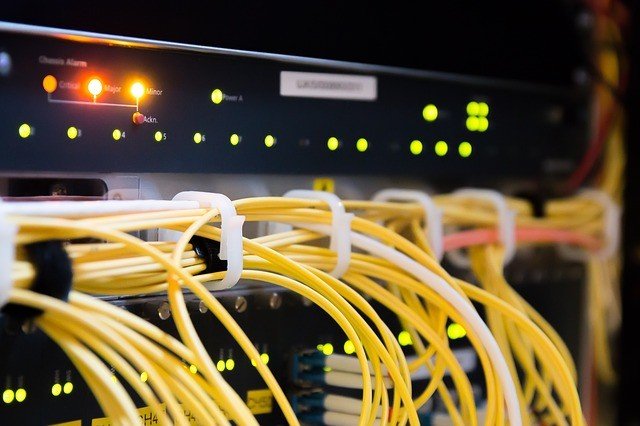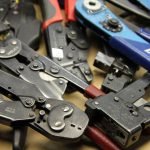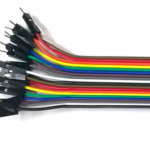Cables come in hundreds of different sizes, types, shapes, prices and are created for uncountable reasons. Whether your cables are in use full time or will need to be stored some of the time, you really need to know the proper way to care and keep your cables to get the most life out of them.
Coiling your Cables
If you’ve ever had a pair of earbuds you are well aware of how badly cables can get tangled when unsupervised. You should never store a cable uncoiled. Surprisingly, coiling a cable generally isn’t as simple as just picking it up in a circular fashion – you can easily spend 5 minutes “coiling” a cable but still end up with a tangled rats nest at the end. You also never want to use your forearm to wrap a cable – it adds a ton of stress to the inner wires and generally tangles pretty badly when you try to unwind it.
There are two common ways to coil cables – the over-under method and the over-over method. The best one for your cable is going to be dependent on how your cable has previously been stored (You may have noticed that cables tend to want to coil in the same way every time) and the thickness of the cable.
Over – Under Cable Coiling Method
Over – Over Cable Coiling Method
Jerk Proofing
To go back to our headphone example from the coiling example, you’ve probably also had your headphone cables get snagged on a doorknob or corner and the ear buds have been ripped unceremoniously from your ears. It is infuriating and often painful. Imagine your cable/device feels that way when their cables are jerked out, and you’ll understand why it is important to prevent this from happening. You can damage both the cable and whatever it’s plugged into if you are too rough when removing a cable. If you have cables in high-traffic areas where they may be pulled, you may want a device to protect your item and its cable. There are some nifty devices out there to prevent your cables being yanked, ranging anywhere from $10 to $50 a piece. Before you invest in these, know there is a cheap DIY method using just a rubber band or a twist-tie.
Tape
Need to run a cable across the ground? Gaffer tape is your best friend! You should always tape down cables when possible to prevent trips and falls and to show people where the cables are. You want to keep rolling over or walking on top of a cable to a minimum to get the most out of your cable.
Hook and Loop; Never Zip-Ties
Keeping your cables neat isn’t just for storage, they should also be neat when in use. There are a number of ways to organize your cables so you know what cable goes where if you ever have a fault. Color coding and bundling are two of the most common ways to establish a cable organizational system. A new cable organizer will often use zip ties in their quest for a beautiful server closet or other cable room. Because zip ties must be cut off to remove cables you are risking destroying perfectly good cables due to the closeness of scissors to the rest of your cables. Hook and loop fasteners (Velcro) are a much better alternative as they can easily be removed and replaced.
Here are some examples of people using cable organization to make beautiful and functional cable art.
Bonus: Cool way to incorporate an exposed cable in your home:
Since 1993, we have focused our manufacturing efforts on providing cable and wire harnesses built to your specifications and custom electronic enclosures and box builds, to a world-wide customer base. Contact us today to begin your custom build or bulk order.





